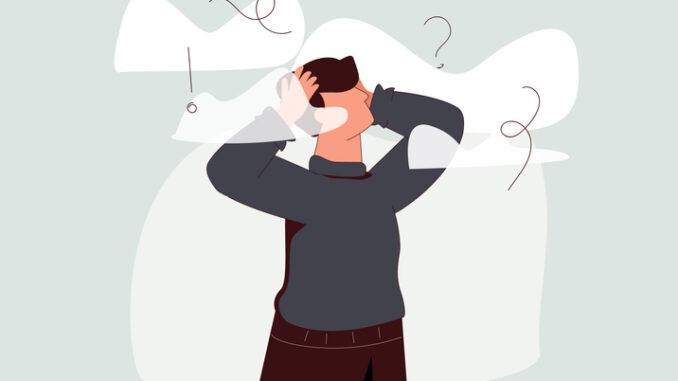
Panic attacks can be incredibly scary experiences, especially if you have never had one before. We discuss what a panic attack is and what to do during and after one happens
CREDIT: This is an edited version of an article that originally appeared on Mind
What do panic attacks feel like?
During a panic attack physical symptoms can build up very quickly. These can include:
- a pounding or racing heartbeat;
- feeling faint, dizzy or light-headed;
- feeling very hot or very cold;
- sweating, trembling or shaking;
- nausea (feeling sick);
- pain in your chest or abdomen;
- struggling to breathe or feeling like you’re choking;
- feeling like your legs are shaky or are turning to jelly;
- feeling disconnected from your mind, body or surroundings, which are types of ‘dissociation’.
During a panic attack you might feel very afraid that you’re:
- losing control;
- going to faint;
- having a heart attack;
- going to die.
You might find that you become scared of going out alone, or to public places, because you’re worried about having another attack. If this fear becomes very intense, it may be called agoraphobia – see our pages on types of phobia for more information.
When might I have panic attacks?
Panic attacks happen at different times for different people; some people have one panic attack and don’t ever experience another, others find that they have them regularly, or several in a short space of time. You might notice that particular places, situations or activities seem to trigger panic attacks – for example, they might happen before a stressful appointment.
Most panic attacks last between 5 to 20 minutes. They can come on very quickly. Your symptoms will usually be at their worst within 10 minutes. You might also experience symptoms of a panic attack over a longer period of time; this could be because you’re having a second panic attack, or you’re experiencing other symptoms of anxiety.
What helps to manage panic attacks?
Panic attacks can be frightening, but there are things you can do to help yourself cope. It could help to print off these tips, or write them down, and keep them somewhere easy to find.
During a panic attack:
- Focus on your breathing. It can help to concentrate on breathing slowly in and out while counting to five.
- Stamp on the spot. Some people find this helps control their breathing.
- Focus on your senses. For example, taste mint-flavoured sweets or gum, or touch or cuddle something soft.
- Try grounding techniques. These can help you feel more in control and they’re especially useful if you experience dissociation during panic attacks. See our page on self-care for dissociation for more information on grounding techniques.
After a panic attack:
- Think about self-care. It’s important to pay attention to what your body needs after you’ve had a panic attack – for example, you might need to rest somewhere quietly, or eat or drink something.
- Tell someone you trust, if you feel able to; it could help to let someone know you’ve had a panic attack. It could be particularly helpful to mention how they might notice if you’re having another one, and how you’d like them to help you.
What is panic disorder?
If you’re having lots of panic attacks at unpredictable times, and there doesn’t seem to be a particular trigger or cause, you might be given a diagnosis of ‘panic disorder’. It’s common to experience panic disorder and certain types of phobia together. People who experience panic disorder may have some periods with few or no panic attacks, but have lots at other times.



Be the first to comment